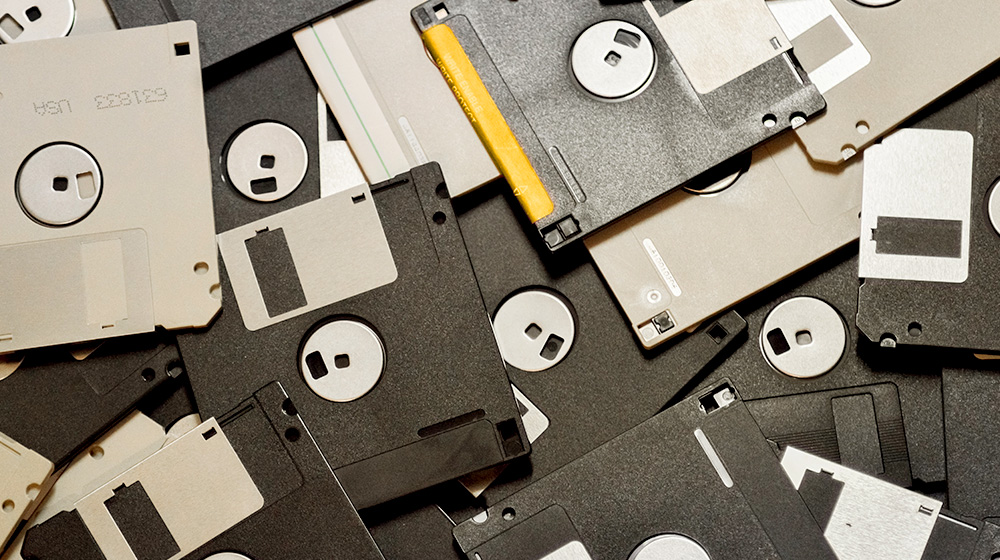
This article first appeared on LinkedIn
Storytelling is a means of understanding big data. Our brains are supercomputers, and we have been processing big data for millennia. What can we learn from our history to help guide us to have better conversations with our audiences?
We are on the brink of technology more powerful than the human brain. Artificial intelligence, machine learning and quantum system are among concepts that are closer to our everyday lives than ever before.
That said, for millennia, we have been equipped with an extremely powerful, organic computer, sitting right on top of our shoulders. Using language and writing, we have been able to network together and document concepts and ideas for hundreds of generations.
If you took a child from 10,000 B.C. and nurtured them in a modern environment, they would have the same capacity to learn as any child born today. Our minds are physiologically no different today than they were back then. 1 2
In addition to this, we have always been surrounded by vast amounts of observable data. Using our senses we consume millions of pieces of information everyday. From wars and empires, to natural disasters and plagues, our brains have been making sense of the world around us from the beginning. Our collective 107 billion lives have, literally, seen it all. 3
We can learn a lot about how to use modern systems which manage complex data by looking at how we have already accomplished that in the past. We can avoid mistakes and benefit from advances. While the technology and data may be different, the way we approach things can be similar.
The Power of Stories
One of the most profound ways in which we have understood all these complex events is through storytelling. We use stories to relate to each other, to help make things make sense. One of the first things I did when I brought my daughter home from the hospital was to read a story. Hollywood is an industry built on storytelling. Memories are stories of the past that are cherished by the elderly. Some are fiction, others are more factual, some written, others folklore. They all help us make sense of the world around us.
In lieu of science and empirical evidence, we created stories to explain complex events. Weather patterns around the world are the foundation of incredibly imaginative stories. While they may not be what we understand to be facts today, at the time, they allowed us to pass on knowledge to each other and the generations that came after.
For the Iroquois tribe, the god Dagwanoenyent, the daughter of Wind, was a witch who often appeared in the form of a whirlwind or tornado. Hawaiian legends tell that volcano eruptions were caused by Pele, the beautiful Goddess during her frequent moments of anger. The “Cape Doctor” is the local name for the strong wind that blows on the South African coast from spring to late summer.
We also learn about others through these stories. The feedback we get from them shapes the next time it is told. This is a reason why the classic ‘fish story’ gets bigger every time. Negative feedback about a story helps to challenge it and adapt it to a larger audience. Fictional stories are challenged with new facts as we learn.
Legends about weather are just some of the examples of how we have leveraged storytelling to understand the complex events around us. Mythology is full of stories of love, death and humanity which do the same. Fables are told to children to help teach right from wrong.
Customers Today
In business, there is a challenge today with data. We have so much of it. Most organizations are dedicating more resources to its collection than its comprehension. This is causing a rift between consumers and brands. Customers today are more willing to give up their personal data, but they expect something in return. 4They expect it is used responsibly and they expect a decent conversation. They are providing feedback, yet it is often going unheard and unused.
It is critical that organizations are constantly exploring their data and developing stories around them. The art of data storytelling is already a common phrase in a data science, but it needs to be embodied by marketing departments, on behalf of their customers.
In the hundreds of organizations that I have worked with, there seems to be a difficulty for many of them to overcome this challenge. There always seems to be a reason why they aren’t experimenting with messaging and iteratively testing which ones work. “You don’t know what it’s like here“, “Our systems can’t do that“, are some common phrases. Even those companies that are experimenting, tend to do it over long periods of time and their audiences end up moving on or changing.
Salespeople are often frustrated that they have to manufacture these stories individually for each prospect. Customers are disenfranchised when their vendors don’t know what products and services they have bought in the past. The larger the organization, the more I tend to see these challenges. The excuses abound. The truth is, you can change, and you need to now – for your customers.
As a kid, I went to summer camp and I still remember the best storytellers from my time there. Whether it was a ghost story around a camp fire or a joke in a queue for dinner, those with a talent for storytelling stood out. They could relate to their audience, deliver a punch line and they weren’t afraid to fail. They didn’t have it all memorized, and they tried out different stories on different people to get them just right.
Your customers are expecting you to tell them your stories, using the data you know about them and the world around you. Tell them about your successes, your learnings and how you fit into the world. Ask them about theirs. Create a conversation. You need to get to know your audiences at an individual level and adapt to them personally. Sometimes you’ll get a laugh, sometimes a tear. Sometimes you’ll get crickets – but you need to get out there and try.
There are simply too many permutations that need to be considered to build a single comprehensive strategy of story lines. Your strategy itself needs to be the ability to make agile attempts. Increase the usage of stories that receive positive feedback (through data) and decrease those that do not. Your relationships are an ongoing conversation. This is what we all expect today as customers.
Remember this when you send your next monthly email newsletter or marketing message. How does this broadcasted blast help me to understand my data? How does it create a conversation and collect feedback from my audience? How are you adapting your stories so they are more relevant each time?
It is critical to use the data you have to shape the many stories your customers need from you and are waiting to hear. Most people are pretty forgiving, as long as you are trying. Ask them for feedback, observe their behavior and adapt your messages. Technology alone will not create this environment. It is key to structure your systems and people to foster these many conversations at an increasingly personal level. If you don’t start – your competition will, and I promise you, we’d rather be chatting with them … about the weather.


